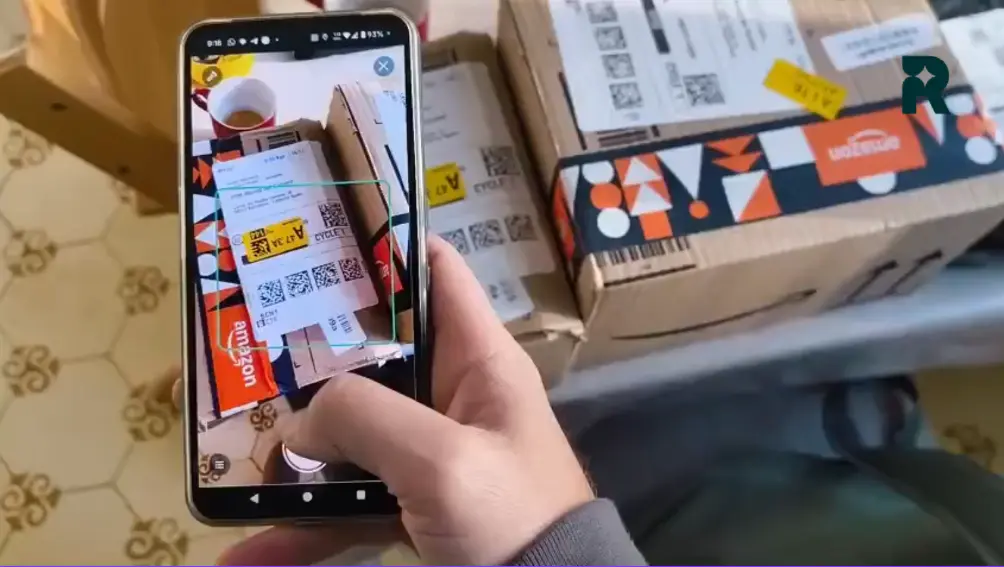How to organize your routes through low-emission zones: The case of Barcelona and its ZBE

Pollution in cities is a problem that governments are beginning to attack based on regulations and sanctions. We have several examples such as Madrid (Central Madrid) or Barcelona with the new ZBE Low Emission Zone.
Specifically, the latter is about to come into force for a very important part of our users, the carriers who operate vans within the city of Barcelona. Specifically those who operate with category N1 vans without environmental label They are those who, starting from April 1, 2021 are banned from entering in the city during peak hours (7:00 — 20:00). Basically work schedules.

For more information, we recommend visiting the City council website dedicated to mobility in the ZBE since allow the circulation of this type of vehicle with a special permit for a maximum of 10 days. Totally insufficient for industrial use, but it allows us to have a “wild card” for days when there is no other solution.
How do we organize delivery with a hybrid fleet and services inside and outside the ZBE?
This regulation is forcing all companies operating in this area to update their fleet, but these vehicles have not yet reached the end of their useful life. With the difficulties of the pandemic, it is normal for companies to want to extend their investment in these vehicles for a few months, which generates extra planning and organization work.
The easiest way to organize routes is through a route optimizer such as SmartMonkey.io, which allows you to identify those services that require a vehicle with a special feature. In this case, low-emission vehicles. In this way, it will be the system itself that will automatically assign us those services within the ZBE to the vehicles that can perform them without us having to dedicate a second to them.
What happens to those services that are found just before entering the ZBE?
This is the common problem of not having graphic tools for planning. The optimizer itself will detect that those customers who are on their way to these low-emission vehicles are the ideal candidates for their realization, and will be assigned efficiently. The solution of distributing and dividing into low emissions and not often generates solutions that are not as efficient as possible and therefore tools such as Routal.com are able to offer savings of more than 30% in time and travel.
Do I need a route planner for my operation?
The advantages of a route planner are not limited to the organization of low-emission zones. An optimizer allows you to calculate the order and routes of all your vehicles in a matter of seconds. That means saving planning time, reducing errors, being able to standardize your operations and allowing anyone in your company to be able to manage a process as complex as distribution. Don't you believe me? Watch this video and you'll see how simple it can be 😉



%20(24).webp)

%20(22).webp)
%20(12).webp)


.png)


